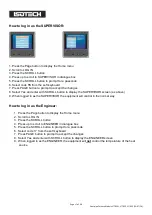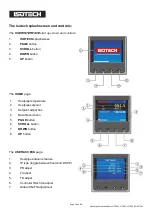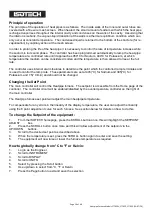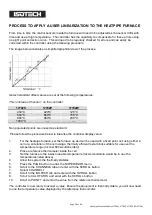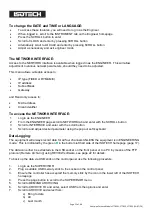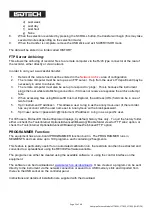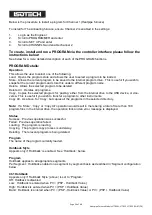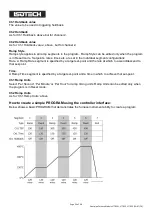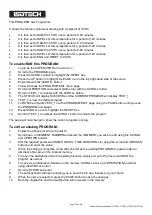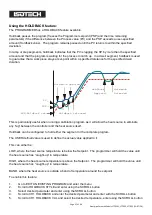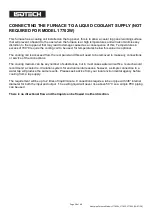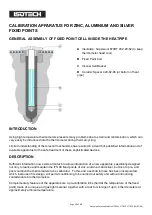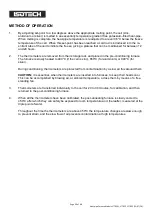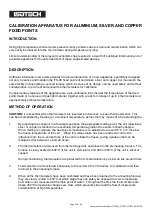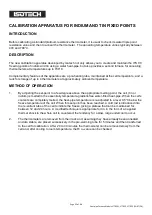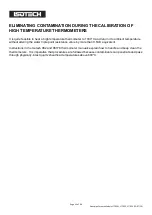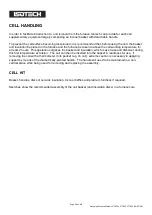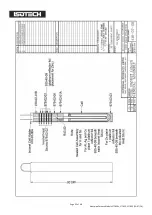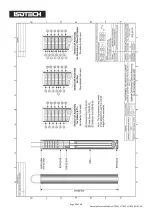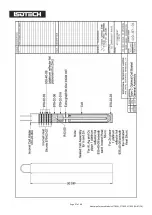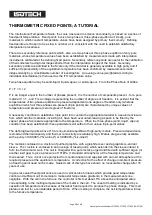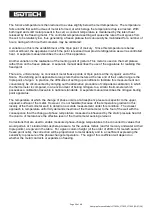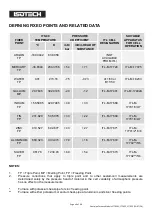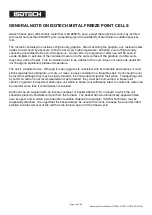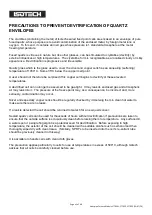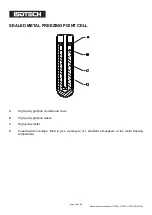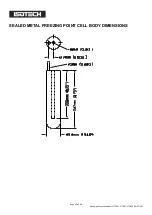
Page 31 of 48
Heatpipe Furnace Models 17702W, 17702P, 17702S (13
–
07/20)
CALIBRATION APPARATUS FOR ALUMINIUM, SILVER AND COPPER
FIXED POINTS
INTRODUCTION
Using high temperature thermometers presents many problems due to strain and contamination which can
very easily be induced into the thermometer during temperature cycling.
Limited understanding of the relevant mechanisms has resulted in a dearth of published information and of
available apparatus for the safe treatment of these sophisticated devices.
DESCRIPTION
Sufficient information now exists at Isotech to allow introduction of a new apparatus, specifically designed
not only to realise and maintain the ITS-90 fixed points of aluminium, silver and copper, but (housed in the
same facility) incorporating a second furnace which, because of its design, can be used safely and without
contamination, to pre-heat and anneal the thermometers for calibration.
Complementary features of the apparatus are a pre-calibration tube (held at the temperature of the fixed
point) made of a unique and gas tight material, together with a rack for storage of up to 4 thermometers at
approximately ambient temperature.
METHOD OF OPERATION
CAUTION:
it is essential, when thermometers are inserted into furnaces, to keep their heads cool. This
can be accomplished by blowing air, at ambient temperature, across them by means of a free-standing fan.
1.
By adjusting the set-point to a few degrees above the appropriate melting point, the cell (aluminium,
silver or copper) is melted in an essentially temperature-gradient-free sodium-filled heat-pipe.
When melting is complete, the heat-pipe temperature is re-adjusted to a level 0.5°C to 1°C below
the freeze temperature of the cell. When this temperature has been reached a cold rod is
introduced into the re-entrant tube of the cell to initiate the freeze, giving a plateau that can be
maintained for between 12 and 24 hours.
2.
The thermometers are removed from their storage rack and placed in the pre-heating furnace. The
furnace is slowly heated to 600°C (if the cell is aluminium) and 900 or 950°C (if the cell is silver or
copper).
During conditioning, thermometers are protected from contamination by a slow air flux around them.
3.
Thermometers are transferred individually to the cell for 20 to 30 minutes, for calibration and then
returned to the annealing furnace.
4.
When all the thermometers have been calibrated and have been returned to the annealing furnace,
they are slowly cooled to 450°C at which stage they can safely be exposed to room temperature
and, when cool, measured at the triple point of water. Throughout the time the thermometers are
above 450°C temperature changes are slow, which prevents strain and the flow of air prevents
contamination at high temperatures.

